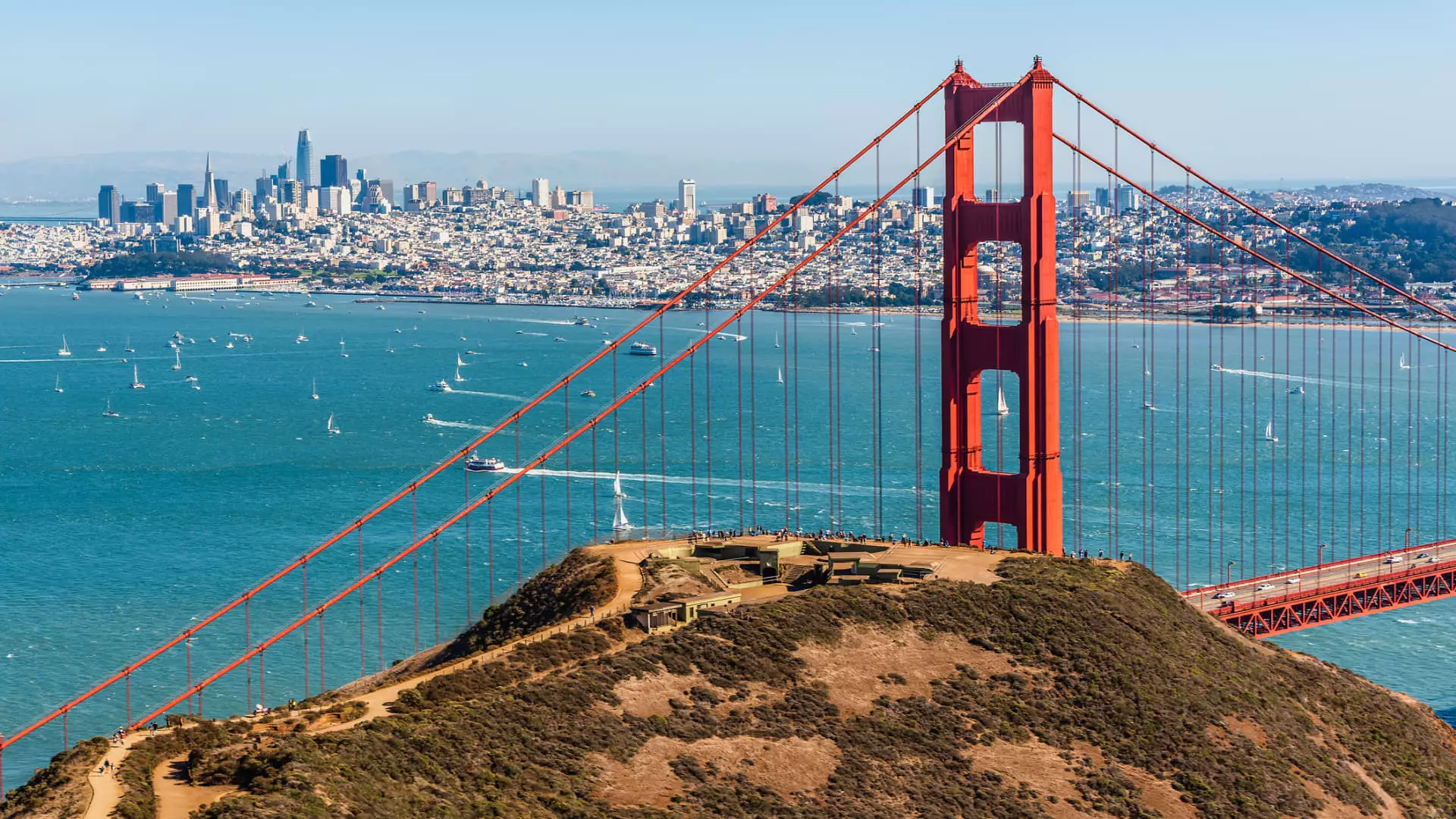In recent years, the financial landscape of the United States has transformed dramatically, rendering it the hub of global wealth accumulation. Over a third of the world’s millionaires and billionaires now call the U.S. home, a staggering statistic that highlights the country’s pivotal role in generating prosperity. This exponential growth, driven by the tech industry and startup culture, is not merely a tale of economic success; it bears a pressing question about wealth distribution and the consequences of such concentrated affluence. Holding over 6 million liquid millionaires—those with investable assets exceeding $1 million—represents a 78% increase in just a decade. While this might be celebrated as a sign of economic vitality, it raises ethical concerns about the disparity between the upper echelon and the average citizen.
The Shadow of Inequality
As we bask in the glow of record numbers of centimillionaires and billionaires, the stark contrast between the affluent elite and the working class becomes increasingly pronounced. Currently, the U.S. boasts about 867 billionaires—accounting for a full third of the global billionaire count—prompting the question: at what cost does this wealth come? While the likes of California, Florida, and Texas attract millionaires from across the globe, one must ponder the challenge of sustaining a middle class that feels increasingly marginalized in the face of such extraordinary wealth accumulation. The influx of 3,800 foreign millionaires last year alone, showcasing California as the preferred destination, suggests an unsettling trend where wealth is increasingly becoming an exclusive club.
Wealth Centers: Innovation or Division?
Traditional powerhouses like New York and the Bay Area continue to dominate in terms of millionaire populations, yet the rise of cities such as Scottsdale, Arizona, and West Palm Beach, Florida, indicates a reshaping of where wealth resides. The staggering growth rates in these regions—125% and 112%, respectively—hint at the prosperity stemming from evolving industries and migration patterns. However, the rapid growth of millionaire populations in these emerging markets often outpaces local infrastructure and can exacerbate housing shortages and increase living costs for the average resident. This trend raises significant concerns about whether the expansion of wealth leads to innovation and progress or if it simply fosters deeper societal divides.
The Race for Wealth: Bay Area vs. New York
The escalating battle between the Bay Area and New York for millionaire supremacy is just another reflection of wealth concentration in select urban centers. With wealth creation capabilities stoked by technological innovation—particularly in artificial intelligence—the Bay Area is on the cusp of surpassing New York as the leading city for millionaires. Yet, while such competition might fuel economic growth, it simultaneously risks disengaging the average citizen from the reality of their financial circumstances. The gap between those reaping the rewards and those left behind creates a breeding ground for social unrest, discontent, and instability, raising the age-old question of how society prioritizes wealth and success.
As we move forward in this era marked by unbridled wealth growth, it is essential not to lose sight of the human element within the economic narrative. Wealth must be viewed through a lens that values communal stability, equality, and the opportunities for all citizens to thrive, rather than a one-dimensional pursuit of affluence for a privileged few.


Leave a Reply